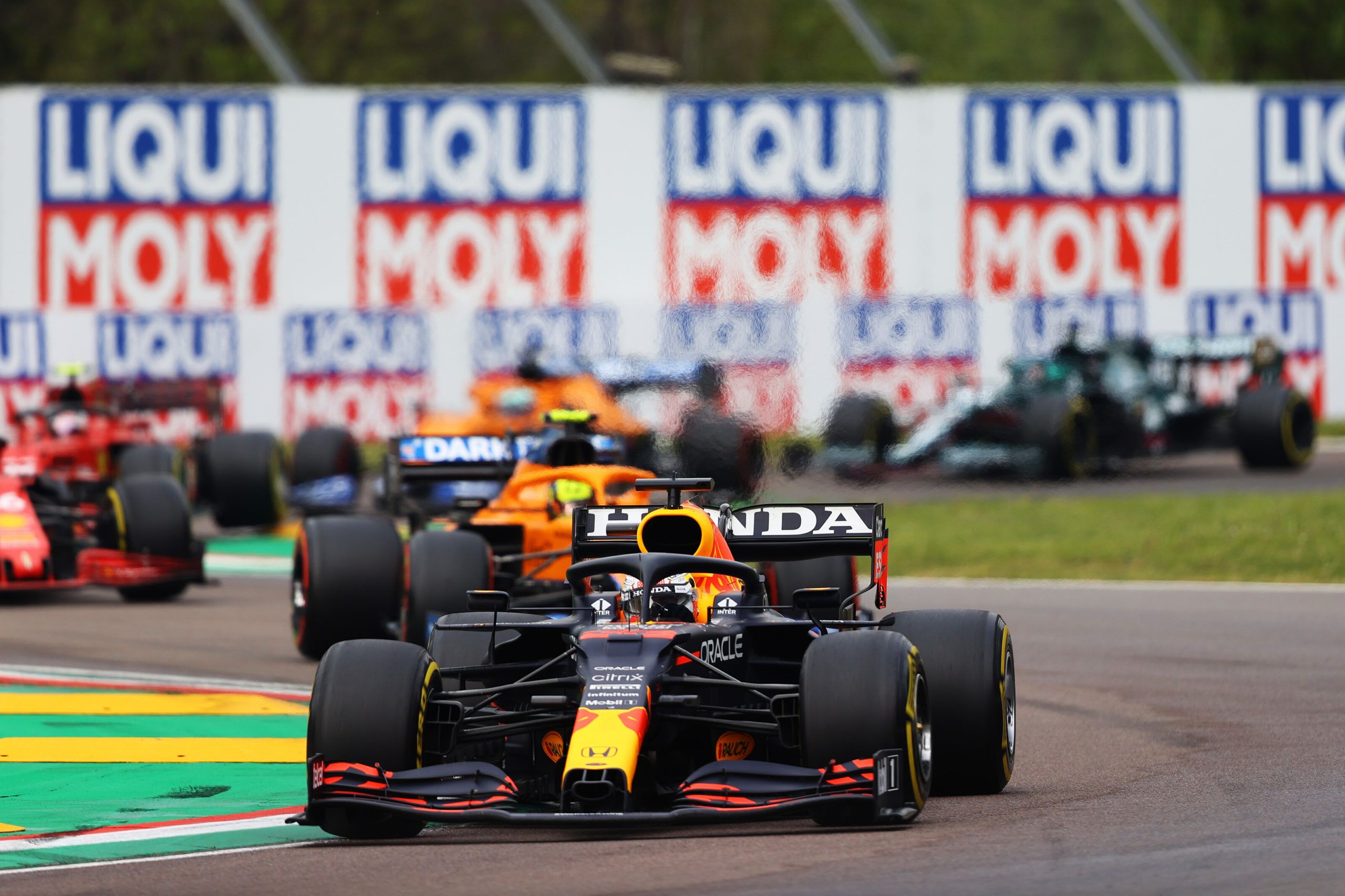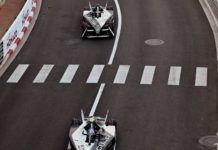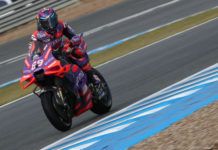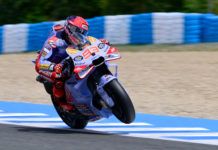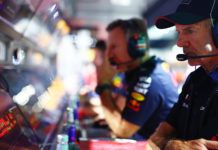The F1 Commission has approved the Sprint Qualifying system to be trialed in 2021 after a meeting, as details of it has been shared too.
After an online meeting involving all the 10 F1 teams, the FIA and the FOM, the approval is there for Sprint Qualifying to take place in 2021 in three venues – two European and one non-European. It was a unanimous decision from all parties.
The idea is the increase on-track action and engage fans in new and innovative way. The release adds that it strikes a balance of rewarding drivers and teams on merit, while giving chance to others to have a better result on Sunday by virtue of Saturday finish.
The basic idea for the these three F1 race weekends will be for a FP1 to be held on Friday, followed by a Qualifying Practice session, which will determine the grid for Saturday’s Sprint Qualifying race. The result of which will set the Sunday’s grid, while Top 3 in Saturday’s race will get three, two and one points each.
Here’s the details of the F1 weekend format:
Friday:
- 60-minute First Practice in the morning with two sets of tyres for teams to choose freely.
- Normal Qualifying format in the afternoon with five soft tyre sets available only.
Saturday:
- 60-minute Second Free Practice in the morning with one set of tyres for teams to choose freely.
- 100km Sprint Qualifying in the afternoon with two sets of tyres for teams to choose freely.
Sunday:
- Full distance Grand Prix with two remaining sets of tyres
In the event of wet conditions:
- Three sets of Wet and four sets of Intermediate tyres at the start of the event
- If FP1 or Qualifying is wet, teams to receive an additional set of Intermediates but must return a used Intermediate set prior to Sprint Qualifying.
- If the Sprint Qualifying wet, teams may return 1 set of used Wet or Intermediates after – to be replaced with a new set of Intermediates.
- Maximum of 9 sets of Wets and Intermediates in total
Parc Fermé conditions:
Parc Fermé conditions will apply from the start of Qualifying on Friday, forbidding the changing of major components with three objectives:
- To stop the construction of special Qualifying cars.
- To limit the number of hours required for preparing the car for the following day.
- To allow enough reconfiguration of the cars to make Saturday morning Free Practice a useful session.
After the start of Sprint Qualifying, cars will be in full Parc Fermé. A limited number of components will be able to be changed after Qualifying:
- Weight distribution may be altered.
- Power Unit and gearbox cooling may be adjusted by altering the engine cover outlets or louvres providing the declared ambient temperatures recorded by the FIA appointed weather service provider one hour before the start of Qualifying and one hour before the start of Sprint Qualifying varies by 10 degrees Centigrade or more.
“I am pleased to see that Formula 1 is seeking new ways to engage with its fans and enlarge the spectacle of a race weekend through the concept of Sprint Qualifying,” said FIA President Jean Todt. “It was made possible thanks to the continued collaboration between the FIA, Formula 1, and all of the teams. F1 is showing itself to be stronger than ever with all stakeholders working together in this way, and much has been done to ensure that the Sporting, Technical and Financial aspects of the format are fair.”
At the same time, F1 chief Stefano Domenicali, added: “We are excited by this new opportunity that will bring our fans an even more engaging race weekend in 2021. Seeing the drivers battling it out over three days will be an amazing experience and I am sure the drivers will relish the fight. I am delighted that all the teams supported this plan, and it is a testament to our united efforts to continue to engage our fans in new ways while ensuring we remain committed to the heritage and meritocracy of our sport.”
The trial was initially proposed to be done in 2020, but it was turned down as the idea involved ‘reverse grid, which wasn’t a liking to many F1 teams. The above idea was then proposed for this year, which seemed better, but the financial aspect remained a question mark. Several meetings took place in last two weeks to decide the course.
The meeting in Imola finally paved way for F1 Sprint Qualifying to happen, as the financial insurance/package, was agreed upon. Considering the extra track run, especially, in race conditions, it adds to the expenditure, which the teams were worried about.
Here’s news on F1 contract for Japanese GP
Here’s first look at F1 Miami GP circuit

